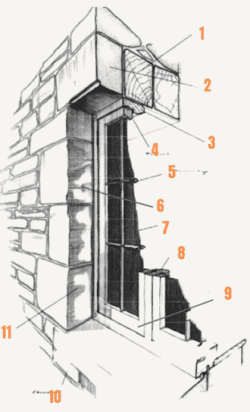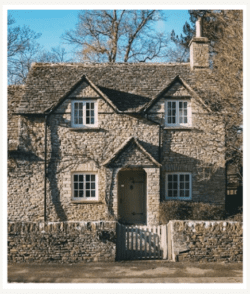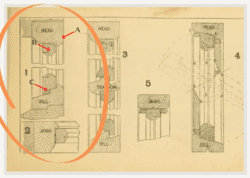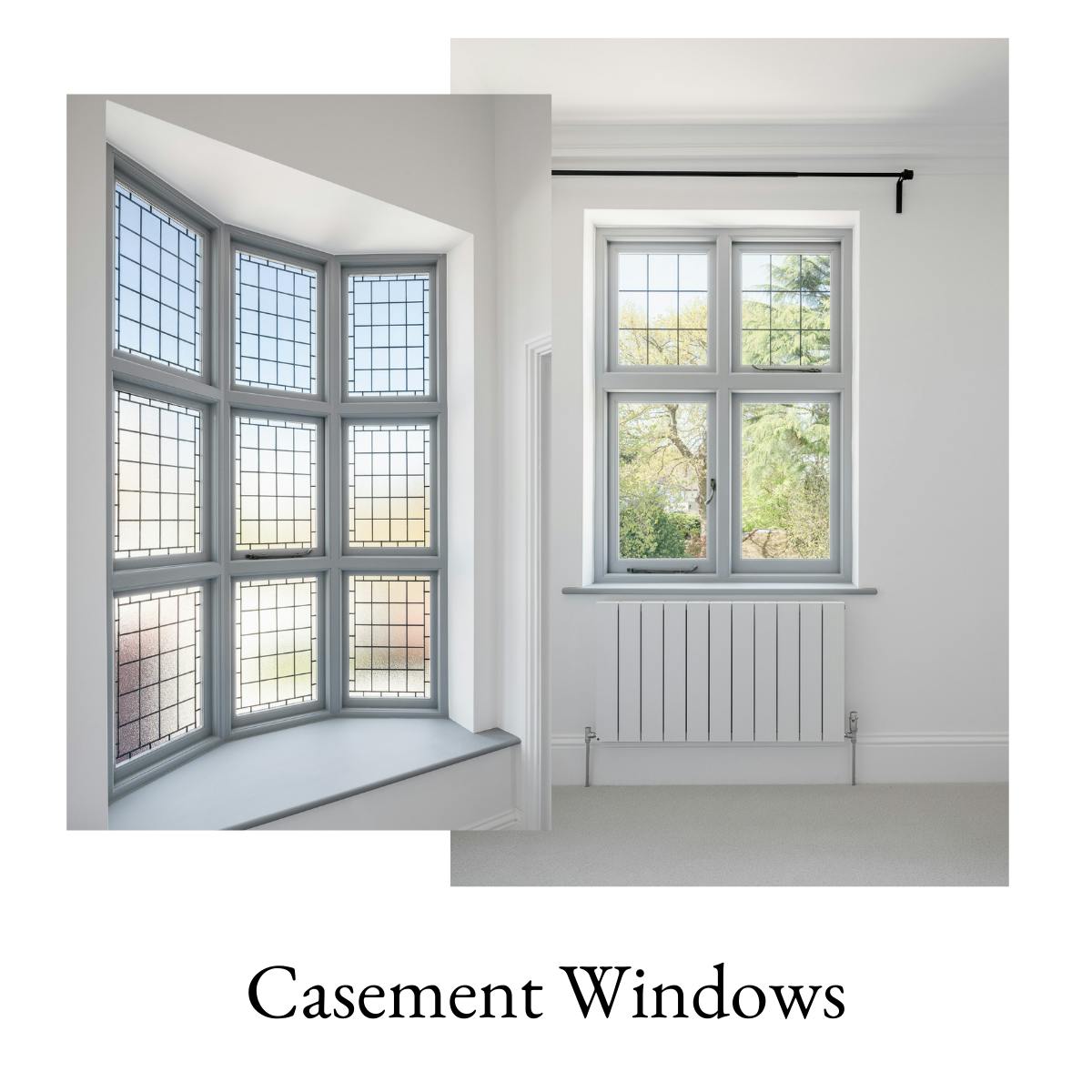A quick intro to casement windows
Casement windows are a type of window that everyone’s familiar with! They’re used around the world and have been around since the first house was built. Unlike box sash windows, the casement frames are made from a solid piece of wood.
How casement windows work
Casement windows tend to either be:
- A casement (the part that sits in the frame) that’s made from 4 pieces of wood that have been joined together. Inside the frame there’s glass that’s hinged to the frame or;
- A casement that doesn’t open because it’s been fixed shut. In this instance, each opening has hinges. However, having too many hinges isn’t a good thing because it can overcrowd the window.


The history of casement windows
This is a sketch of a casement window from an old joinery and carpentry book that was published in 1902.
Joiners who built all the period properties around London back then learned from books like these.

While we may be in the 21st century, we pride ourselves on the fact our timber casement windows are made with the same features as those that were made 100 years ago. They also happen to incorporate some additional valuable features too!
Timber casement windows now
Unlike other casement window specialists, we still employ many of the traditional joinery skills used all those years ago to create windows that incorporate best-of-the-best features:
Feature #1: The depth of our frames is the same depth as the traditional frames we’re replacing.
This means they sit in exactly the same space, less work’s involved and they help create a seamless finish.
Feature #2: We stick to the same casement thickness too.
This makes the casements look beautiful and sit flush within the frame. Other cheaply-made casements protrude past or overlap the frame.
Feature #3: Our frames are made as one single piece.
Other companies make their frames by sticking pieces of wood together. Over time, they separate, letting in draughts and water in the process. Making the frame in one piece, prevents these issues and means the window lasts a lot longer!
5 more facts about our timber casement windows
As well as staying true to the original design and manufacture of timber casement windows, we:
1. Use the best draught seals on the market
Why? These particular seals stop draughts and noise coming in. They’re rubber, so they last much longer than foam seals or brushes that other companies use.
2. Use double glazed windows
Why? Double glazed windows can help keep heat in your home, reducing your heating bills in the process. They also minimise the amount of outdoor noise you hear inside and increase security.
3. Use new and improved timber
Why? Using new and improved timber makes windows last longer – you don’t have to constantly spend your valuable time and money maintaining them either.
4. Fit our windows with multipoint locks
Why? They provide a much higher level of security. They also hold the window right up against the draught seals, creating an airtight seal.
5. Add a small step on the sills
Why? Adding this additional detail to our sills prevents water coming through, meaning zero leaks now, and for many years to come.





